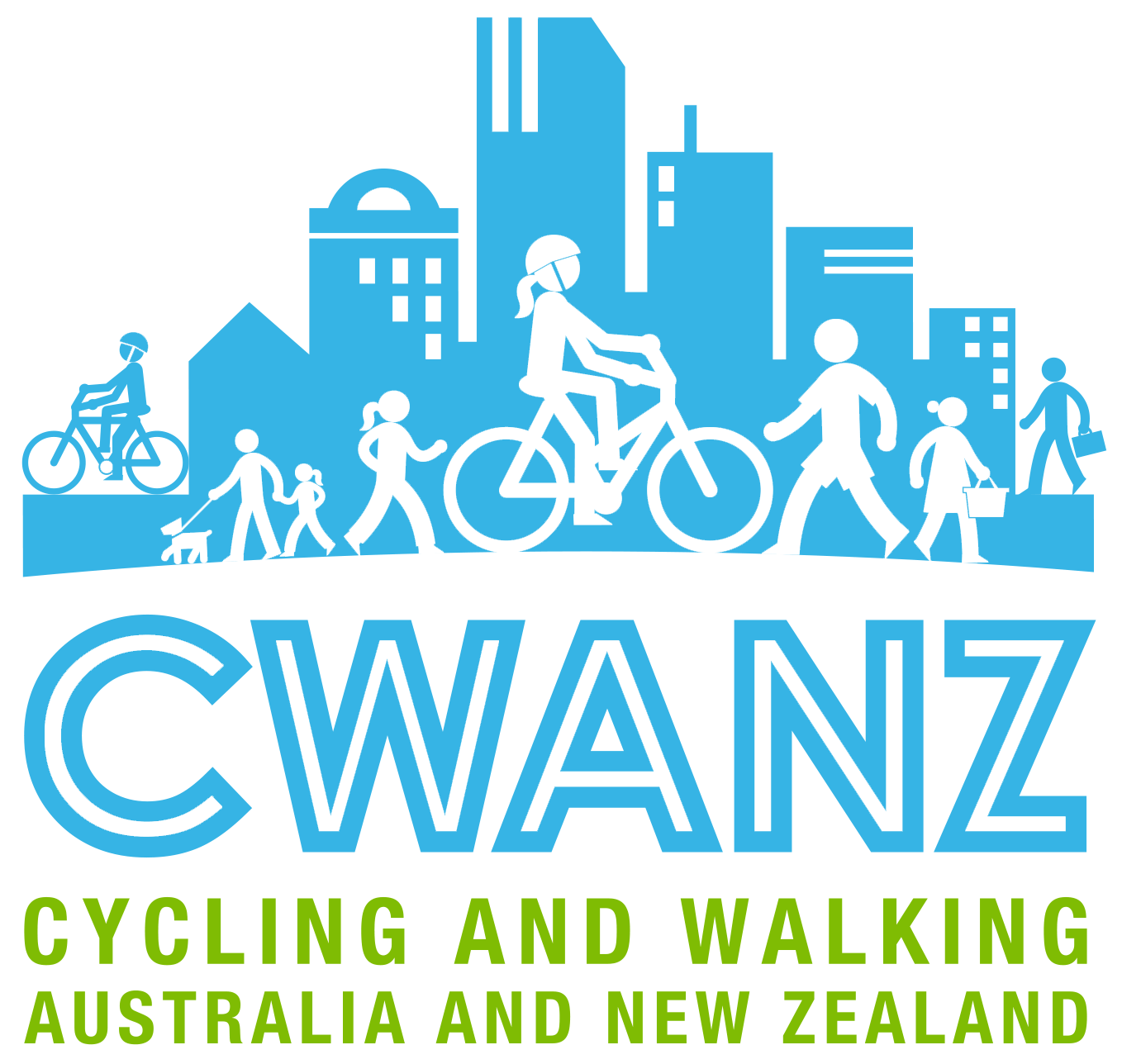Resources
This page contains some key resources on walking and cycling, including an archive of the documents produced by the Australian Bicycle Council.
| Date Added | |||
|---|---|---|---|
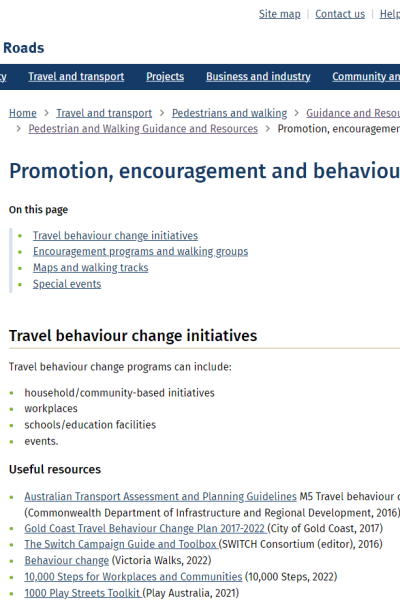 |
Promotion, encouragement and behaviour change Department of Transport and Main Roads, Queensland On this page: |
27/10/2023 | View |
 |
Universal access Department of Transport and Main Roads, Queensland On this page: |
27/10/2023 | View |
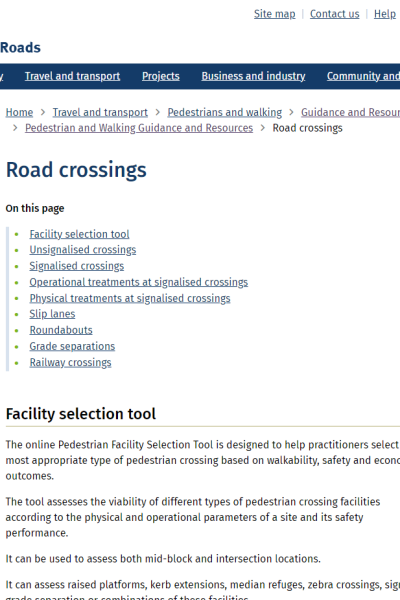 |
Road crossings Department of Transport and Main Roads, Queensland On this page: |
27/10/2023 | View |
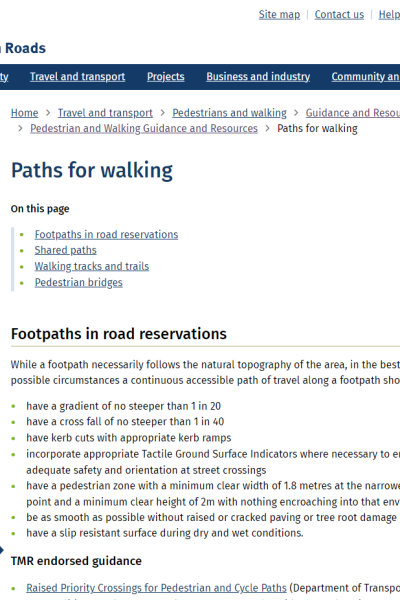 |
Paths for walking Department of Transport and Main Roads, Queensland On this page |
27/10/2023 | View |
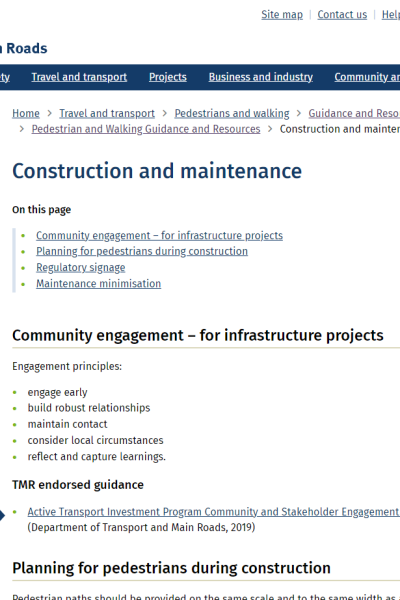 |
Construction and maintenance Department of Transport and Main Roads, Queensland On this page: |
27/10/2023 | View |
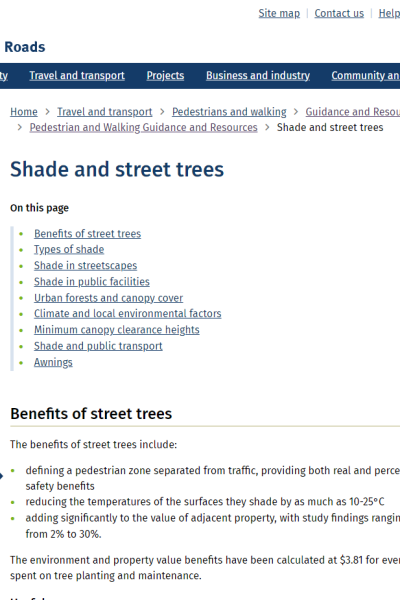 |
Shade and street trees Department of Transport and Main Roads, Queensland On this page: |
27/10/2023 | View |
 |
Pedestrian and Walking Guidance: Supporting facilities Department of transport and Main Roads, Queensland On this page: |
27/10/2023 | View |
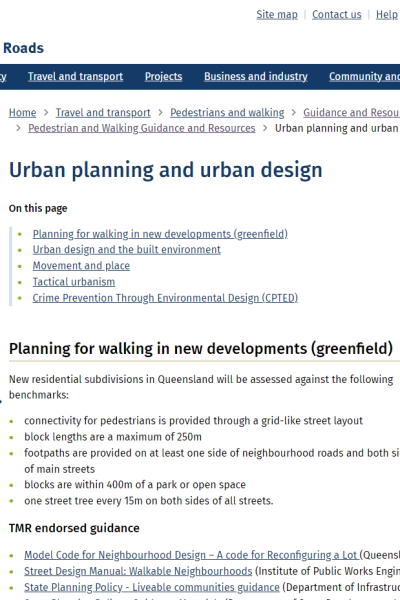 |
Urban planning and urban design Department of Transport and Main Roads, Queensland On this page: |
27/10/2023 | View |
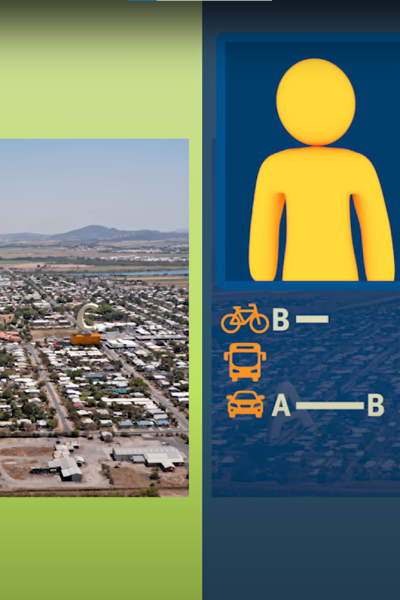 |
Walking data Department of Transport and Main Roads, Queensland On this page: |
13/10/2023 | View |
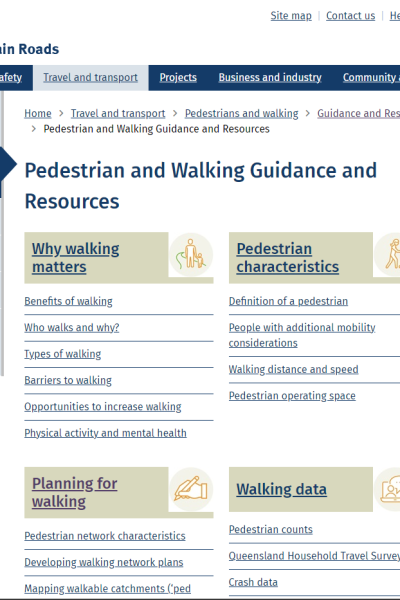 |
Pedestrian and Walking Guidance and Resources Department of Transport and Main Roads, Queensland Including:
|
13/10/2023 | View |
 |
Walking Network Planning Guidance Department of Transport and Main Roads, Queensland More people will walk when everyday destinations are connected by comfortable, direct, safe and accessible routes. Walking network plans (WNPs) are a first step to creating better places to walk. The Queensland Government is committed to achieving the Queensland Walking Strategy 2019–2029 vision of walking becoming 'an easy choice for everyone, every day'. When we talk about walking, we also include running and moving with the help of a mobility device (such as a wheelchair, mobility cane or a walking frame). The following guidance supports practitioners to prepare WNPs and a prioritised works program to make the plan a reality. |
13/10/2023 | View |
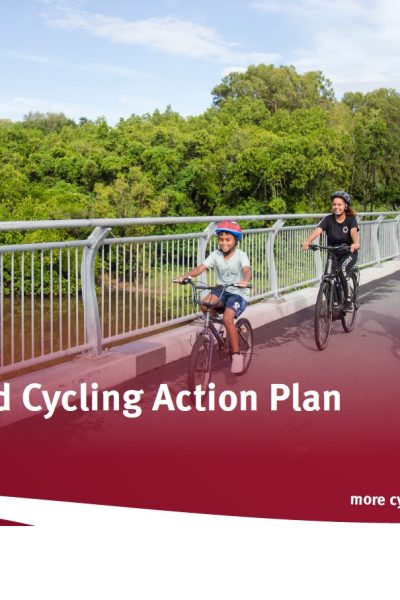 |
Queensland Cycling Action Plan 2023-2025 Department of Transport and Main Roads, Queensland The Queensland Cycling Action Plan 2023-2025 lists the practical actions the Queensland Government needs to do right now to grow cycling, to be updated every 2 years. This is the third action plan under the Queensland Cycling Strategy, which is helping achieve the Queensland Government's objectives for the community. The Queensland Cycling Action Plan 2020-2022 and Queensland Cycling Action Plan 2017-2019 are also available. The Queensland Cycling Strategy 2017-2027 and Queensland State of Cycling Report 2022 are also available. |
06/10/2023 | View |
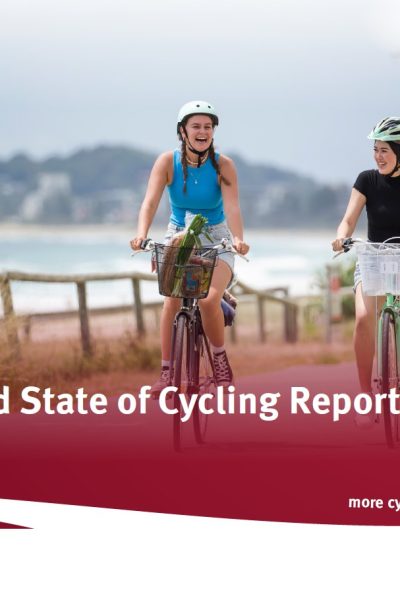 |
Queensland State of Cycling Report 2022 Department of Transport and Main Roads, Queensland The Queensland State of Cycling Report 2022 tracks the Queensland Government’s progress towards achieving the vision of ‘more cycling, more often’, to be updated every 2 years. This is the third report under the Queensland Cycling Strategy, which is helping achieve the Queensland Government's objectives for the community. The Queensland State of Cycling Report 2019 and Queensland State of Cycling Report 2017 are also available. The Queensland Cycling Strategy 2017-2027 and Queensland Cycling Action Plan are also available. |
06/10/2023 | View |
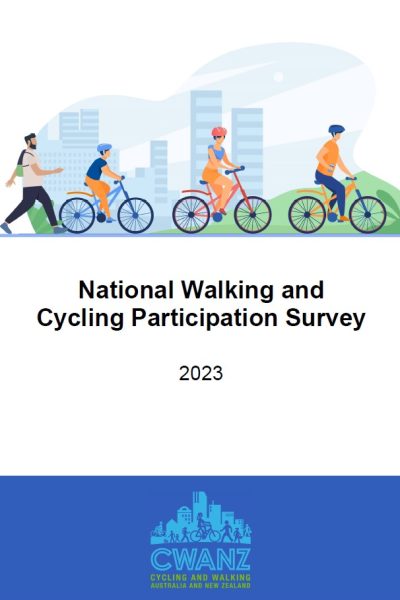 |
National Walking and Cycling Participation Survey 2023 CWANZ The National Walking and Cycling Participation Survey (NWCPS) provides insight into walking and cycling activity across Australia and is a successor to the National Cycling Participation Survey which was conducted biennially from 2011 to 2019. |
22/09/2023 | View |
 |
Pedestrian Demand Forecasting Tool Department of Transport and Main Roads, Queensland This tool provides an implementation of the three pedestrian forecasting procedures described in the TMR Pedestrian demand forecasting guideline. The guidance describes three forecasting procedures:
|
17/07/2023 | View |
 |
Planning for walking Department of Transport and Main Roads, Queensland Including:
|
17/07/2023 | View |
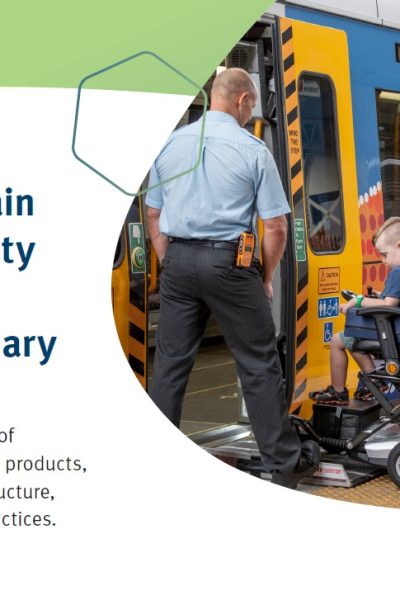 |
Accessibility and Inclusion Strategy Summary Department of Transport and Main Roads Queensland TMR commits to lead the delivery of accessible and inclusive transport products, services, information and infrastructure, and TMR workplaces and work practices. |
19/05/2023 | View |
 |
Accessibility and Inclusion Plan 2023–2024 Department of Main Roads and Transport Queensland The TMR Accessibility and Inclusion Plan 2023–2024 was developed to outline the practical actions TMR will take over the next 2 years to deliver our vision. To develop the plan, we looked at best practice research, data and analysis, international accessibility and inclusion reporting frameworks, key indicators of success, and we engaged our customers, partners and staff. This plan outlines 27 actions across 3 key pillars:
We will report our progress on the plan actions and in 2024 we will develop an updated plan based on key learnings, co-design activities and emerging trends. This plan is available in the following accessible formats:
|
19/05/2023 | View |
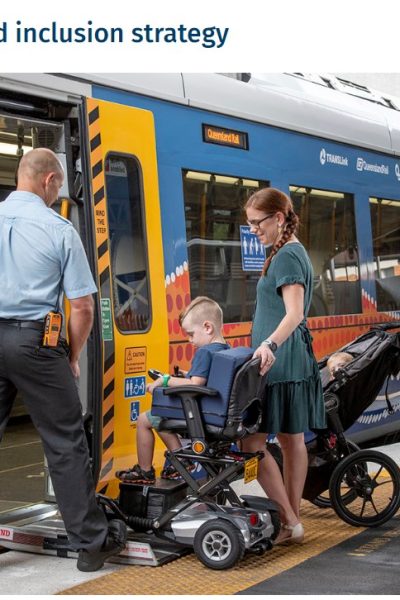 |
Accessibility and inclusion strategy Department of Main Roads and Transport, Queensland The Accessibility and Inclusion Strategy (AIS) will ensure that TMR's approach to accessibility and inclusion aligns with the Queensland Government's Advancing Queensland's Priorities. |
19/05/2023 | View |
 |
Personal mobility device plans Deaprtment of Transport and Main Roads, Queensland Personal mobility devices include things like e-scooters, e-skateboards and self-balancing one or two-wheelers. The recent boom in the use of personal mobility devices has created some safety issues as riders share a range of infrastructure with other road and path users. Shared e-scooter and e-bike hire schemes have also become commonplace across Queensland. While these schemes are a great mobility option, they have created some problems with parking on footpaths. To address safety and parking concerns Deaprtment of Transport and Main Roads, Queensland are delivering:
|
01/05/2023 | View |
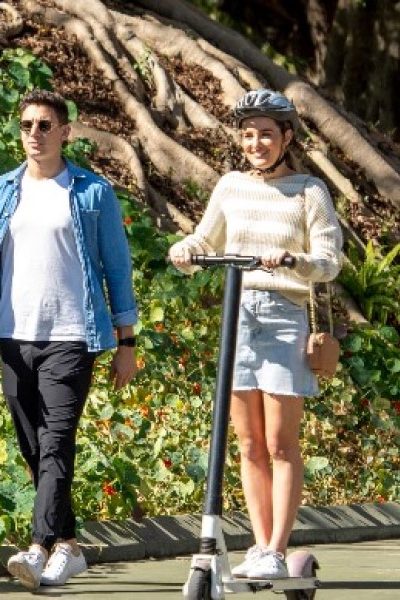 |
Personal mobility devices Department of Transport and Main Roads, Queensland Know your way around Personal Mobility Devices such as e-scooters, e-skateboards and segways.
|
01/05/2023 | View |
 |
Bike-friendly business Department of Transport and Main Roads, Queensland Bike riders are customers who choose to arrive by bike. There’s a big opportunity for businesses to achieve growth by becoming bike-friendly. More than ever, bike riders want to go from A to Business. There’s growing demand to stop, shop and spend at bike-friendly businesses of all different types, from local cafes right through to tourism destinations. Being bike-friendly can be a point of difference for a business. It means the business can offer more customers more choice and freedom. |
06/04/2023 | View |
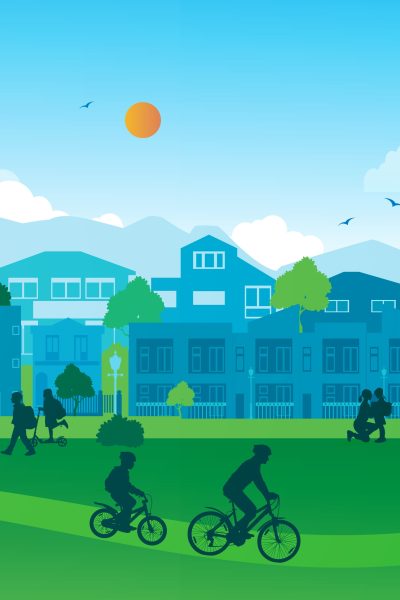 |
Active Travel to School Program: School Transport Infrastructure Program Department of Transport and Main Roads, Queensland PROGRAM FEATURES: Funding to improve the safety and operation of schools through new or improved infrastructure at the school and/or on the surrounding road network. E.g.:
DATE IMPLEMENTED: Not available COST OF PROGRAM: Not available. Grants up to $500,000 available COST TO USER: Funding usually provided on a 50:50 subsidy basis, e.g. co-funding between Department of Transport and Main Roads and local government RESULTS OF EVALUATION: Not available |
28/02/2023 | View |
 |
Active Travel to School Program: Ipswich Healthy Active School Travel City of Ipswich PROGRAM FEATURES:
DATE IMPLEMENTED: Not available COST: Not available RESULTS OF EVALUATION: Not available |
30/01/2023 | View |
 |
Active Travel to School Program: Active School Travel, Sunshine Coast Council Sunshine Coast Council PROGRAM FEATURES:
DATE IMPLEMENTED: Not available COST: Not available RESULTS OF EVALUATION: Not available |
30/01/2023 | View |
 |
Active Travel to School Program: Go Noosa Schools Noosa Council PROGRAM FEATURES:
DATE IMPLEMENTED: Not available COST: Not available RESULTS OF EVALUATION: Not available |
30/01/2023 | View |
 |
Active Travel to School Program: Active School Travel, City of Gold Coast City of Gold Coast PROGRAM FEATURES: Schools that join the program receive a suite of resources including free toolkits, incentives and support. Including:
Educational programs:
DATE IMPLEMENTED: Not available COST: Not available RESULTS OF EVALUATION: Not available |
30/01/2023 | View |
 |
Active Travel to School Program: Active School Travel Program, Brisbane City Council Brisbane City Council PROGRAM FEATURES: The Active School Travel (AST) program offers Brisbane primary schools a suite of free resources, tools and incentives to enable students, parents, carers and teachers to leave the car at home and actively travel to school. Participating schools will receive access resources, including:
Other resources:
DATE IMPLEMENTED: 2004 COST OF PROGRAM: FY 2022-23 $699,000 COST FOR USERS: Free for schools. RESULTS OF EVALUATION: Since 2004, 168 schools and more than 127,000 students have participated in the program. Achievements in 2021:
Approximately 90% of AST committee members agreed the AST program helped to increase student physical activity levels and foster community cohesion at their school. |
30/01/2023 | View |
 |
Active Travel to School Program: Active School Travel, Bicycle Queensland Bicycle Queensland PROGRAM FEATURES: Resources for schools:
Online resouces:
DATE IMPLEMENTED: 2021 COST OF PROGRAM: Not available. Funding provided by community road safety program COST TO USERS: None RESULTS OF EVALUATION: Not available |
17/01/2023 | View |
 |
Active Travel to School Program: RideScore We Ride Australia PROGRAM FEATURES: RideScore Active Schools uses technology to direct message parents when their children have arrived safely at school. The program uses:
DATE IMPLEMENTED: November 219 COST: Not available ADDITIONAL INFORMATION: RESULTS OF EVALUATION: In progress |
16/01/2023 | View |
 |
Safer Speeds Case Study - Brisbane Brisbane City Council STREET NAME: 1. Ann Street (between Creek Street and the Riverside Expressway); 2. Village precint:
3. Station Road, Indooroopilly 4. Flinders Parade, Sandgate 5. Kelvin Grove Urban Village SUBURB: Brisbane MUNICIPALITY: Brisbane City Council STATE & COUNTRY: Queensland, Australia SPEED REDUCTION: 1 & 2. From 60 km/h to 40 km/h 3-5. From 50 km/h to 40 km/h DATE IMPLEMENTED: 1. November 2018 2. May 2019 3 & 4. September 2019 5. Febraury 2020 SCHEME INCLUDED:
COST: Not available ADDITIONAL INFORMATION: LESSONS LEARNED: RESULTS OF EVALUATION: Not available |
19/12/2022 | View |
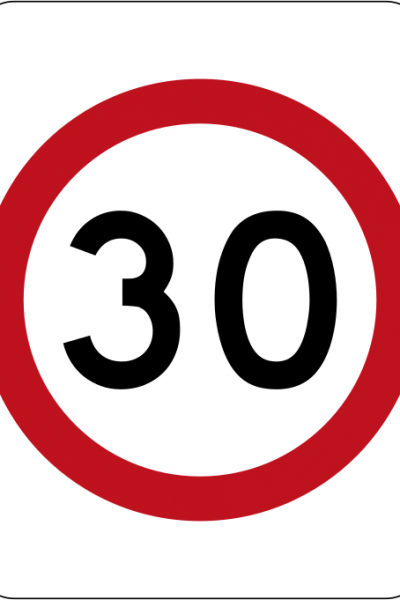 |
Safer Speeds Case Studies - Gold Coast, Queensland City of Gold Coast LOCATION: Cavill Avenue/Orchid Avenue, Surfers Paradise SPEED REDUCTION: Various – some 50 km/h to 40km/h, 50km/h to 30km/h and 40km/h to 30km/h MUNICIPALITY: City of Gold Coast STATE & COUNTRY: Queensland, Australia SCHEME INCLUDED:
DATE IMPLEMENTED: Various COST: Noted as low-cost initiative in the Gold Coast Road Safety Plan 2021-2026 ADDITIONAL INFO: General support and now going back to some 50km/h to 40km/h zones and undertaking further reviews to reduce to 30km/h LESSONS LEARNED:
|
19/07/2022 | View |
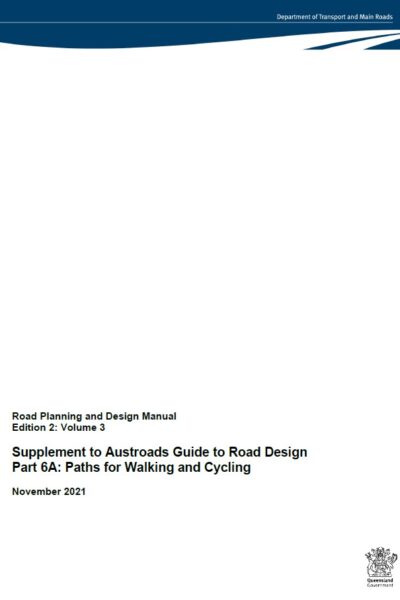 |
Road Planning and Design Manual Department of Transport and Main Roads, Queensland The Road Planning and Design Manual is the Queensland Department of Transport and Main Roads' primary reference for the planning and design of roads. It refers designers to the relevant Austroads publications for technical requirements, and outlines where Queensland Department of Transport and Main Roads practice supplements or differs from the Austroads guides. |
08/07/2022 | View |
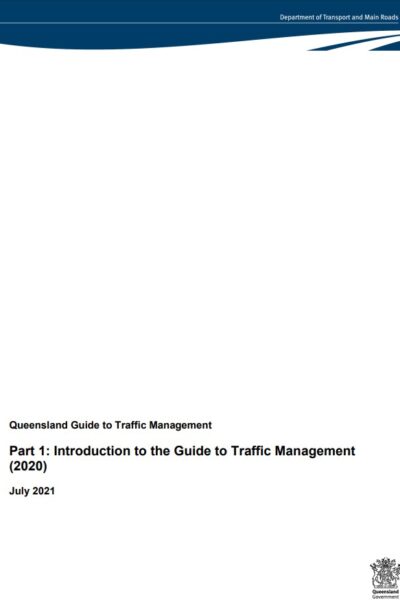 |
Queensland Guide to Traffic Management Department of Transport and Main Roads, Queensland The Queensland Guide to Traffic Management (QGTM) is issued under the authority of Section 166 of the Transport Operations (Road Use Management) Act 1995. The contents of QGTM are issued as 'approved notices' under Section 166(2) of said Act. The Department of Transport and Main Roads has adopted Austroads' Guide to Traffic Management (AGTM) 2020 as part of national harmonisation. As a result, the QGTM will only provide requirements and recommendations specific to Queensland and has precedence over the equivalent Austroads Part. |
08/07/2022 | View |
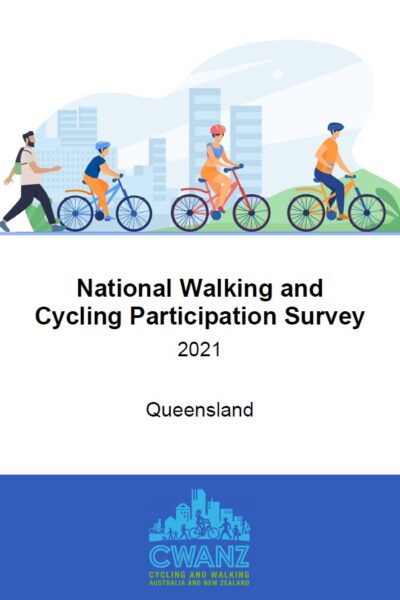 |
National Walking and Cycling Participation Survey 2021 - Queensland Cycling and Walking Australia and New Zealand The National Walking and Cycling Participation Survey (NWCPS) provides insight into walking and cycling activity across Australia and is a successor to the National Cycling Participation Survey which was conducted biennially from 2011 to 2019. |
31/08/2021 | View |
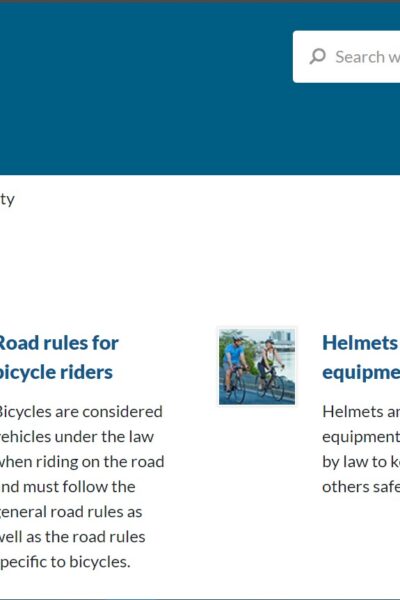 |
Cycling Safety Department of Transport and Main Roads, Queensland The rules for bicycle riders to keep everyone safe. |
09/07/2021 | View |
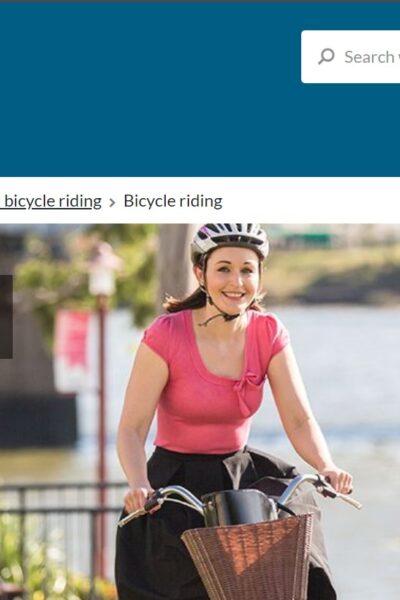 |
Bike User Guide Department of Transport and Main Roads, Queensland Riding a bike is part of Queensland life. With a few tips and a bit of advice, it’s easy to get rolling. |
09/07/2021 | View |
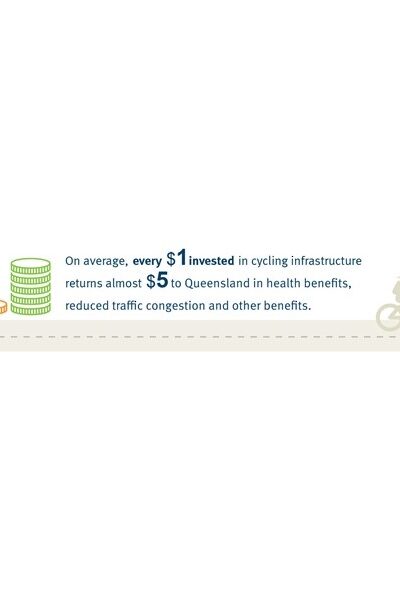 |
Economic Assessment of Cycling Department of Transport and Main Roads, Queensland Infographic showing the growth in cycling in conjunction with the investment in cycling infrastructure within inner Brisbane. |
09/07/2021 | View |
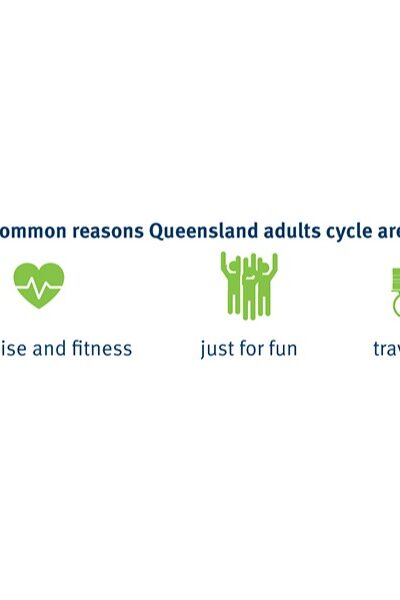 |
Benefits of Riding Department of Transport and Main Roads, Queensland Riding to work, school, uni or college, or taking your bike on short neighbourhood trips is a convenient and practical way to incorporate regular exercise into your busy day. |
09/07/2021 | View |
 |
Cycling Infrastructure Grants Department of Transport and Main Roads, Queensland The Queensland Government is committed to achieving the Queensland Cycle Strategy 2017-2027 vision of ‘more cycling, more often on safe, direct and connected routes. The Department of Transport and Main Roads works with local governments to achieve this vision by delivering and improving principal cycle networks across Queensland. |
08/07/2021 | View |
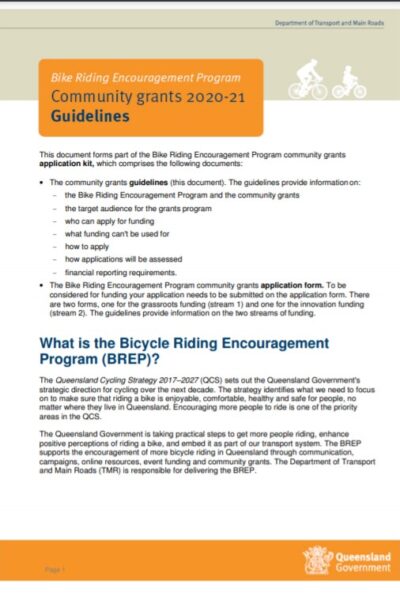 |
Bike Riding Encouragement Program Community Grants Program 2020-21 Department of Transport and Main Roads, Queensland The Bicycle Riding Encouragement Program (BREP) community grants provide financial support for activities that help to increase the number of people who regularly ride a bike. |
08/07/2021 | View |
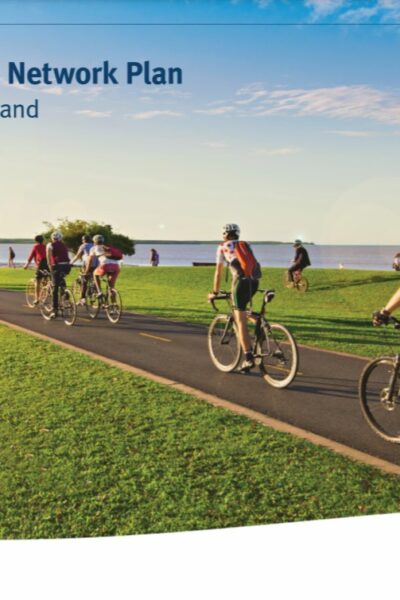 |
Principal Cycle Network Plans Department of Transport and Main Roads, Queensland Principal Cycle Network Plans show core routes needed to get more people cycling more often. Routes shown are indicative and exist to guide further planning. The plans are intended to support, guide and inform the planning, design and construction of the transport network. Read the Queensland Principal Cycle Network Update - Results of 2022 Community Consultation report to learn more about the consultation process and feedback received. |
08/07/2021 | View |
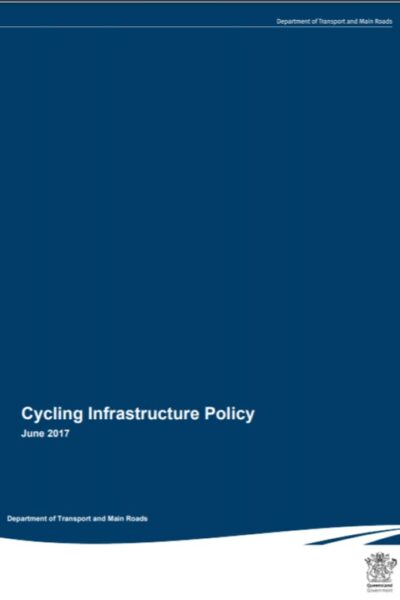 |
Cycling Infrastructure Policy (Queensland) Department of Transport and Main Roads, Queensland The Cycling Infrastructure Policy is an important mechanism to deliver the Queensland Government’s vision for more cycling, more often and Transport and Main Roads’ vision of a single integrated transport system accessible to everyone. |
07/07/2021 | View |
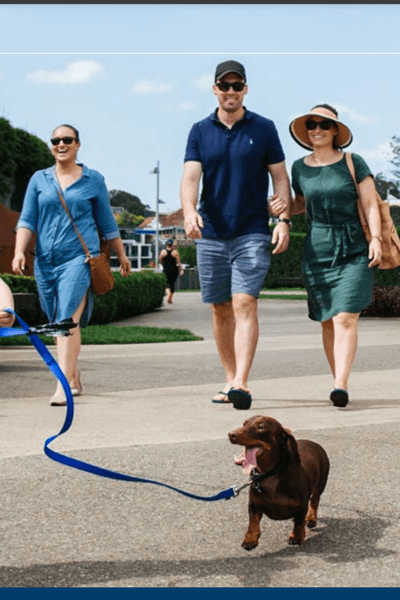 |
Queensland Walking Strategy Department of Transport and Main Roads, Queensland Queensland’s first walking strategy recognises the critical role that walking plays as part of a single integrated transport system accessible to everyone and as part of a healthy, active lifestyle for all Queenslanders. Includes Queensland Walking Strategy 2019-2029, Action Plan for Walking, Walking in Queensland Report. |
18/05/2021 | View |
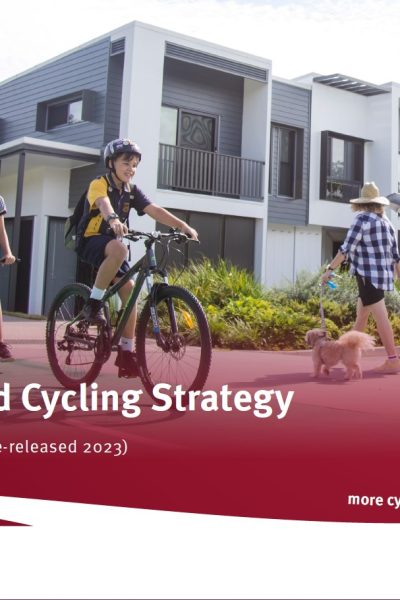 |
Queensland Cycling Strategy 2017-2027 Department of Transport and Main Roads, Queensland The Queensland Cycling Strategy 2017-2027 sets the strategic direction for cycling in Queensland over the next 10 years. The strategy identifies 5 priorities to achieve the Queensland Government's vision for 'more cycling, more often':
The strategy includes a 2-year action plan and report on the state of cycling in Queensland. |
18/05/2021 | View |
